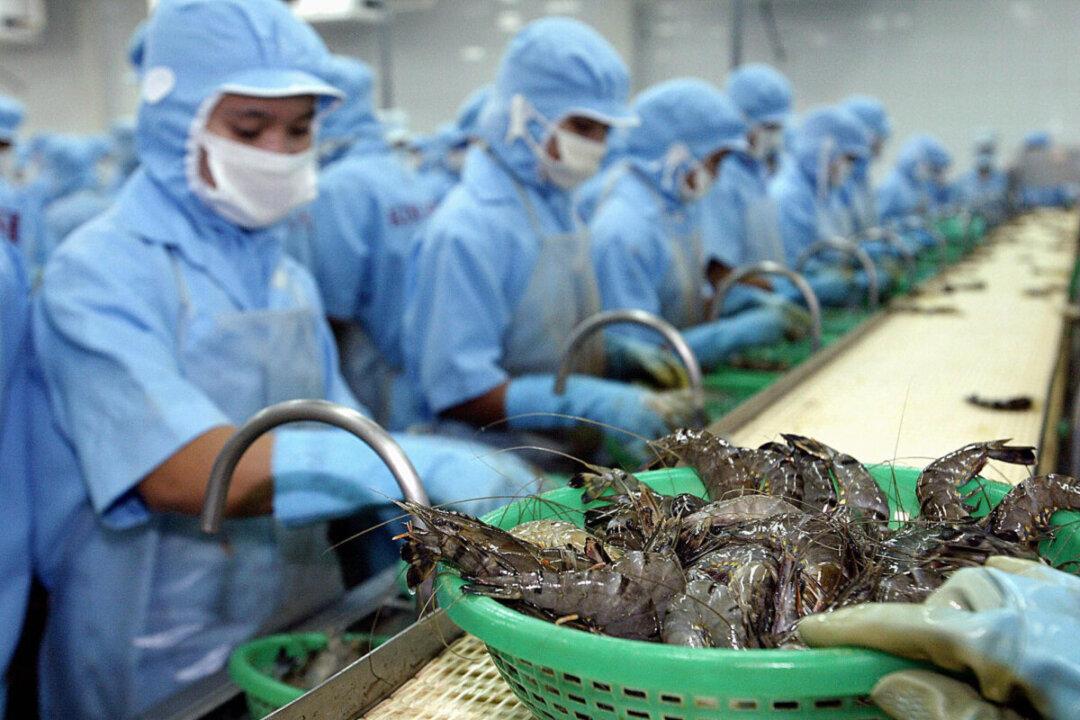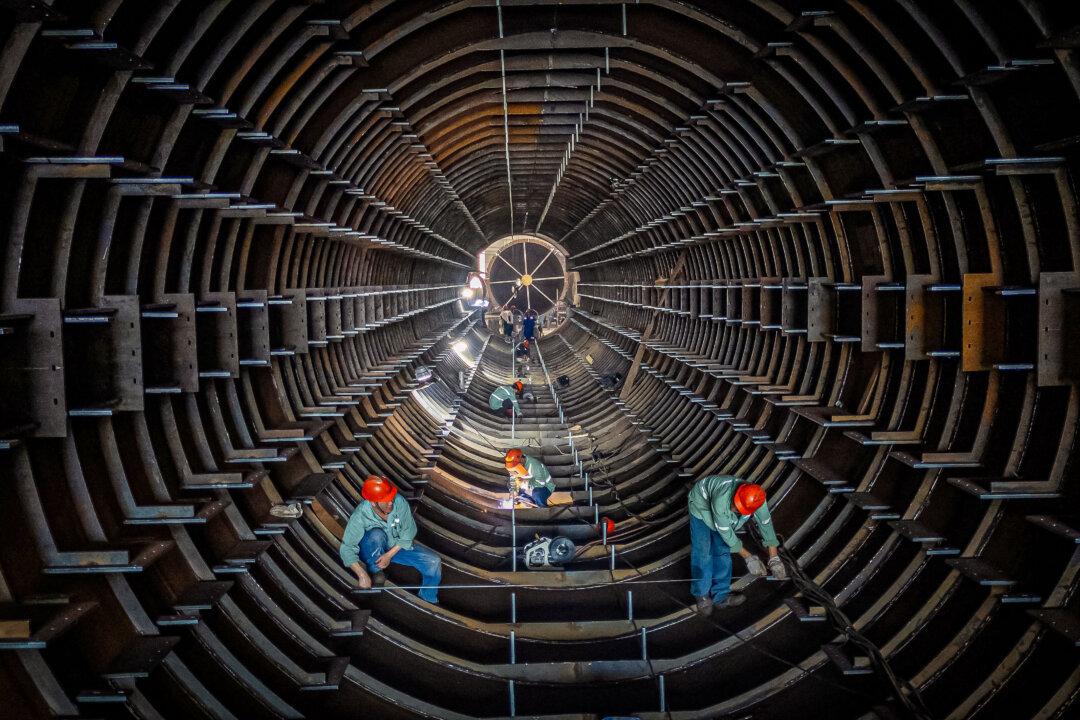Vietnam is expected to replace China as one of the primary processing origins of Japanese seafood to satisfy the U.S. market needs.
Japan’s Ministry of Agriculture, Forestry and Fisheries said on Dec.1 that its scallop processing needs, previously done in China, would be transferred to Vietnam after discussions between the U.S. Embassy in Japan and several Japanese ministries and departments.




